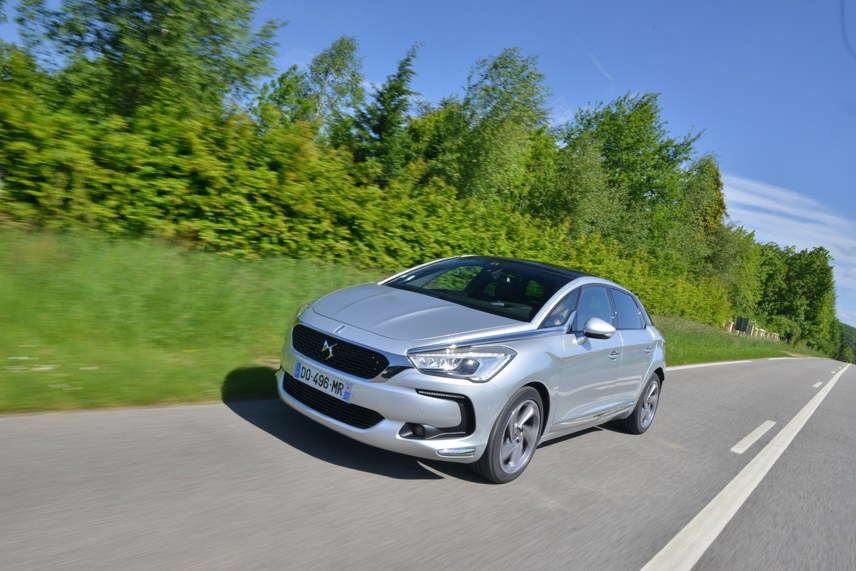Review
Cracking the premium sector in the UK has long been the holy grail for a number of manufacturers, all keen to break the stranglehold Audi, BMW and Mercedes-Benz have on this segment.
Over the years, attempts from brands such as Lexus and Infiniti have met with varying degrees of success, but the German manufacturers have continued to dominate.
However, they now face the challenge of another carmaker: DS. This brand has operated under the Citroën umbrella since its launch in 2009, but has now gone it alone in order to establish its premium credentials. However, instead of offering products similar in character to its rivals, it aims to win sales by providing distinctive and interesting alternatives.
The first new model launched by the standalone brand is the range-topping DS 5. This is not an all-new car, but rather a revised version, now free of all Citroën branding. Instead, DS logos are prevalent, including one in the centre of the new grille, a chrome surround of which leads to new headlamps. Other exterior changes are minor, so the distinctive chrome ‘sabres’ on the front wings remain.
The DS 5’s interior has received just a minor makeover, too, although build and material quality is high, with plenty of styling flourishes and classy metal finishings.
The biggest change is the inclusion of a seven-inch touchscreen, through which functions such as the sat-nav and media system are controlled.
This means the dashboard has 12 fewer buttons than before. The switchgear that remains is distinctive and includes ‘shark-tooth’ switches in the centre console, while roof-mounted controls add further character.
DS 5’s infotainment system also features new mirror screen connectivity, which projects smartphone applications on to the car’s screen, such as web radio and navigation systems.
Other changes have prioritised comfort and refinement. The shock absorbers gain preloaded linear valve technology, which limits sudden changes in damping force to provide a smoother ride, while the acoustically-damped glass in the side windows reduces noise.
These changes work as, at motorway speeds, the DS 5 is composed and quiet – although noise from the flexible 150hp engine is more intrusive than expected.
Steering is nicely weighted and, although the car is geared more for comfort than spirited driving, it handles well with no unpleasant body roll.
The DS 5 fulfils its brief of being an interesting alternative to the traditional premium models, but its appeal to fleets is likely to be limited by poor residual values, which harm its wholelife costs. According to KeeResources, our test model will retain 22% of its value after four years/80,000 miles, compared to 32% for a BMW 118 SE and 35% for an Audi A3 Sportback 2.0 TDI 150 SE. This contributes to its running costs of 40.55p per mile – between 7ppm and 10ppm more than its premium rivals.













Login to comment
Comments
No comments have been made yet.